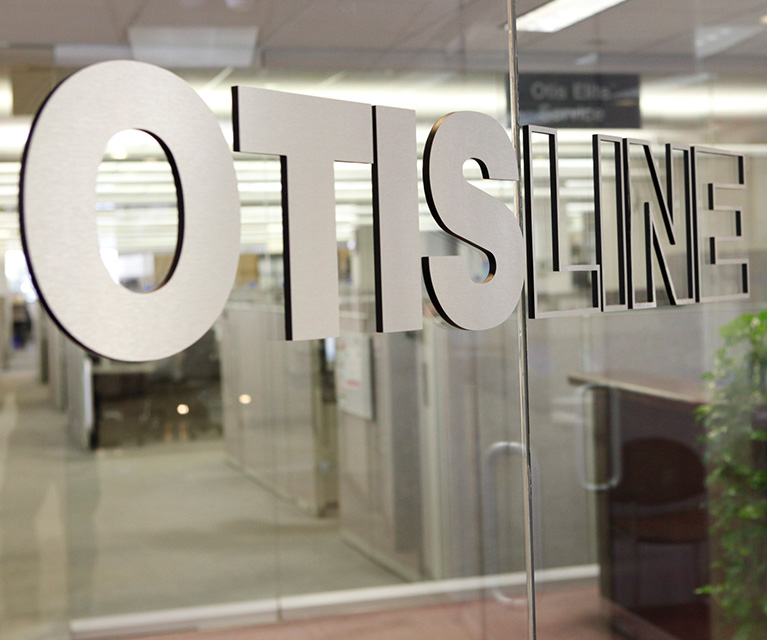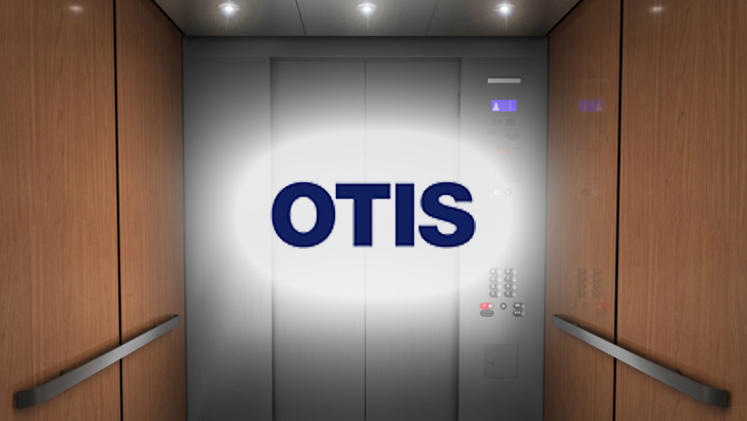Otis was the largest manufacturer, installer, and servicer of elevators, escalators, and moving
walkways in the world with revenue of $11.9 billion in 2019. They dominate the market space. Though there are some competitors like Kone, Hitachi, and Schindler, etc. These majorly operated in the “hardware” segment and were not seen as a real threat by the company.
Otis started inculcating IT in its business operations in the 1980s with the introduction of the OTISLINE customer service center – a centralized customer service system to dispatch service mechanics. The main objective achieved by this was that there was an improvement in the visibility of the elevator service business to the senior management, which was instrumental in enabling it to provide more effective service to customers.

Earlier senior management knew only about critical issues. OTISLINE also streamlined the communication channels between field mechanics, customers, and company management.
Another program – REM elevator monitoring was essentially a proactive approach to avoid equipment going out of service. These were later refined and combined to be launched (with a lot of added features) as a comprehensive program called eLogistics which was aimed at connecting all the customer-facing and internal functions through the web.
The company decided to take these initiatives as it wanted to be perceived as a customer-intimate service provider and not a machine manufacturer, aimed at minimizing the downtime and adopting a proactive approach rather than a reactive one. The company also wanted to stabilize the cancellation rate. They achieved this by achieving brilliant response time to a service issue and by anticipating and thus avoiding machine failure using the above two systems.
Results
- The initiative was fairly successful. This can be seen from the results achieved after implementing
these strategies:
In the UK market, the company was able to reduce the sales cycle from more than six months to less
then three months after the implementation of eLogistics program. - CLCs and SSIs were a success in the majority of markets. For e.g. In Japan, internal lead time was
reduced to less than one week for some products. - During a long sales cycle, customers could easily re-engineer their products and changes were
easily captured across the value chain thanks to eLogistics. - In-built automated follow-up system, reducing the time spent by sales personnel in these
activities and freeing up time to pursue further leads.
This was possible because everyone involved was driven by this one singular vision of Otis
becoming the greatest service organization and knew that the success of this initiative would mean
achieving that goal. Everyone from C-level executives to the field personnel aligned themselves with
the strategy and its implementation and this wholesome effort is what made this such a success.
Also Read: Tropicana Rebranding Failure
Relevance
The most significant process or organizational change that Otis made for the two initiatives and how
these changes affected Otis’s competitive position can be summarized as follows:
a. OTISLINE – This achieved two objectives.
- Extremely agile response to customer issues and
- Improved awareness among the top management about the service issues.
To do this Otis took the help of technology and set up a system in which immediate response was assured and if a problem kept recurring, it was automatically escalated depending on severity. We believe the change that Otis brought about in its culture was sensitivity to customer and customer issues. With regard to the competitive position, this initiative created a positive image of Otis among the market as a responsible and responsive service provider. And this is exactly what they wanted to be.
b. eLogistics – To implement this Otis basically acknowledged the need to incorporate IT as a holistic solution to transforming the business processes right from design to delivery phase. This change in mentality, culture is what made it a success; along with a thorough alignment of every stakeholder towards the common goal. This gave Otis a competitive edge in the market in terms of faster delivery times, better capacity to incorporate changes, lesser inventory, better return on sales, revenue, and profit growth and effectively strengthened its position as the market leader.


